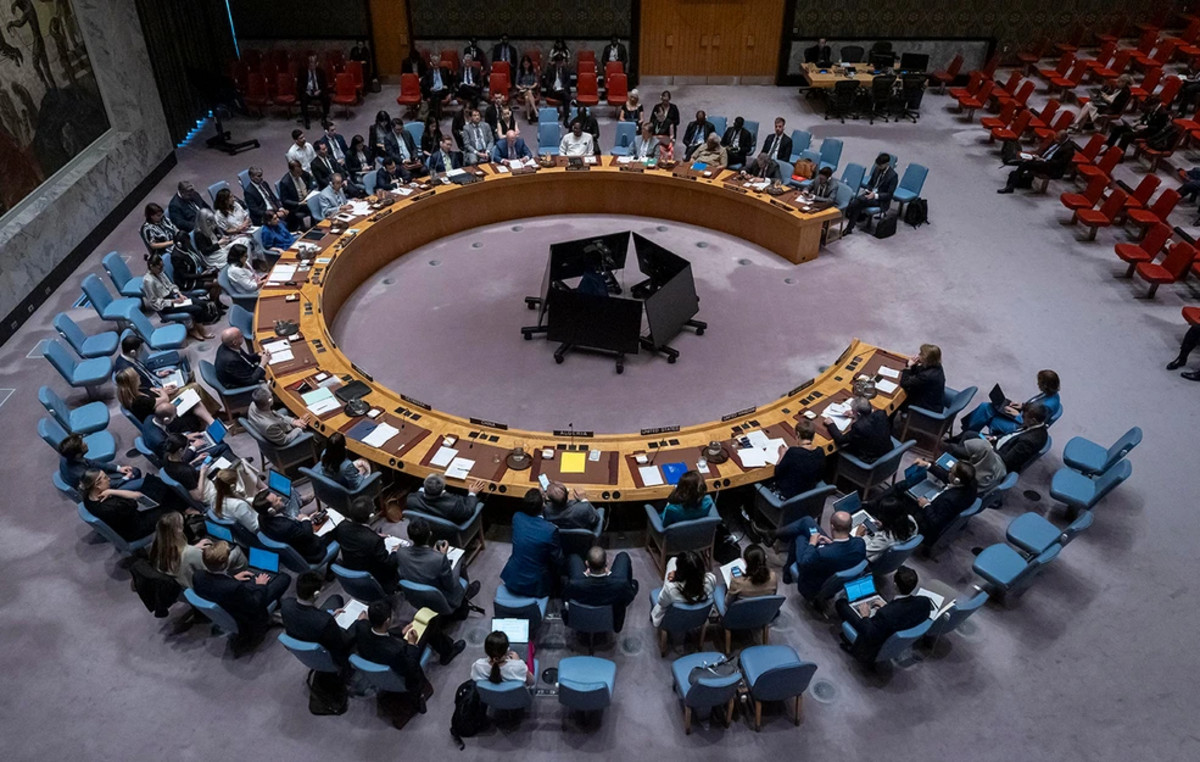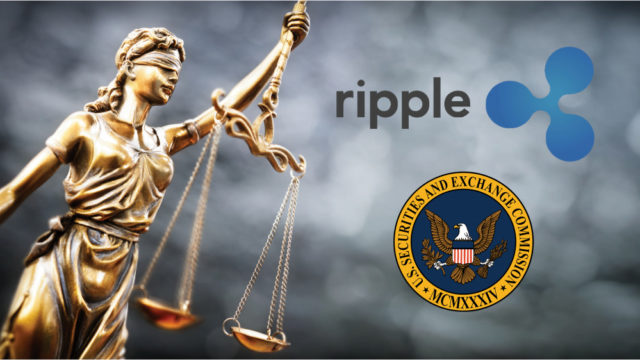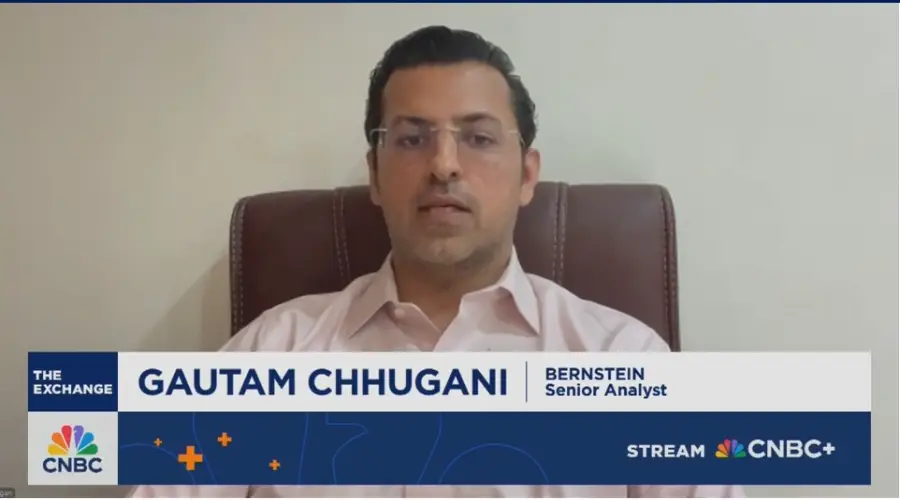The war in Ukraine has exposed the vulnerability of the energy industry across Europe, but the UK market looks increasingly dangerous for suppliers and consumers for reasons closer to home, according to Bloomberg.
Utilities are hanging on to billions of pounds in unpaid bills after gas and electricity prices soared, as households already struggling with the cost of living are being charged. It is also becoming clear that what people pay is unlikely to fall even if wholesale prices fall, due to the costs associated with rescuing customers from more than two dozen smaller suppliers that failed when prices soared last year.
It’s too early to put a total amount on what customers owe, but the picture is bleak based on recent estimates. Companies like Iberdrola SA’s Scottish Power warn that the market is no longer viable.
The money owed by EON SE customers is expected to increase by 50% to 2, 2.4 billion ($ 3 billion) by the end of the year, said Michael Lewis, who heads the German company’s British company, to a parliamentary committee. last month. Centrica, Britain’s largest supplier, meanwhile says 10% of its 7.2 million customers have already delayed payments.
The problem, say companies and energy analysts, is that the UK’s energy market structure means it is trapped in a vicious circle, as the Bank of England warns of recession and double-digit inflation. Suppliers are charging more while households are less able to pay due to the squeezing of income due to food, the increase in the payroll tax and now the increase in interest rates.
“It’s slowly dawning that the cost-of-living crisis is not going to go away,” said Dieter Helm, a professor of economics at Oxford University and a former government adviser on energy policy. “And that of all the bills that citizens face, energy bills are the ones that really stand out.”
The UK energy price ceiling, originally designed to protect consumers from surges, jumped 54% to a record high on April 1, affecting 22 million people. It is expected to launch again during the next adjustment in October. This could put 40% of the population in poverty from fuel and likely lead to more unpaid bills, according to supply companies.
While some politicians are calling for companies to be taxed for subsidizing consumers, the industry says it no longer has the financial cushion it once had. Profit margins for the sale of electricity and gas to households are on average negative from 2019, as competition between suppliers and the price cap kept a limit on how much they could charge, according to a report by Oxera Consulting LLP. .
Scottish Power recorded a loss of around 250 250 million from the sale of energy to households last year. EDF Energy said it also lost money. Centrica British Gas presented a more mixed picture, losing from the sale of electricity, but gaining 222 million pounds from the supply of natural gas.
“The problem is going to be more serious and for suppliers it is no longer a high-profit business, so the rise in bad debts could be quite damaging,” said Josh Buckland, a Flint Global partner and former government adviser. energy. “There is no immediate quick fix.”
The Bank of England assumes that energy prices will remain high after the biggest shock since the crisis of the 1970s. This will continue to drive inflation, restrict economic growth and hit households for years.
The price cap protects households that do not have a fixed tariff from entering into the most expensive deal. The level is adjusted twice a year based on the prices of the previous six months. It prevents companies from having to absorb the higher wholesale costs indefinitely, but it delays how quickly they can pass on lower prices – essentially simply postponing the day of the bill.
Finance Minister Risi Sunak unveiled a 9 9 billion package that includes a 200 200 pre-October energy cut for households. While he said the government is likely to increase the aid before next winter, it is unlikely to extend the measures before that. The Oxford Helm referred to the chancellor’s plan, which was unveiled in February, as “moving chairs to the Titanic”.
The scale of the problem is beyond what the industry can handle, Keith Anderson, chief executive of Scottish Power, told BBC radio on 9 May. He called for a “massive, significant change in government policy.”
“We will end up seeing people self-disconnect and the debt level rising massively, and the cost of debt will end up burdening future bills,” he said. “Will you see a lot of pressure and stress on the remaining providers in the market, because, as I say, how long can companies continue to make losses year after year?”
Other European governments are tightening their grip on price increases. THE Electricite de France SA, for example, is majority in government and could nationalize some of its assets to help pay off debts through measures such as the price cap set to help households.
In the United Kingdom, the government has intervened to rescue customers of companies that have been locked in because of rising prices last year. Most of these companies, some with a few hundred customers, were the result of market liberalization that allowed almost anyone to start an energy company. Payers of bills will ultimately bear the brunt, according to regulator Ofgem.
Bulb Energy Ltd., the largest supplier that went bankrupt, will cost 2, 2.2 billion by the end of 2023, according to forecasts by the UK Budget Office. Ofgem estimates that the other 25 corporate bankruptcies will cost consumers around 2, 2.4 billion, which will be repaid through bills.
There is also another reversal. Because households are likely to seek a cheaper deal when prices begin to fall below the price ceiling, Ofgem will limit the financial impact on companies that have taken on customers of failed suppliers. This involves introducing a charge paid by companies that win customers who change. And the continuing costs associated with Britain’s net zero target for reducing emissions are also in the mix: building renewable energy is passed on to consumers.
“We have to assume higher prices for a year or two,” Buckland said. “We can not have companies on hold, remote customers and a push for carbon offsets. It is not credible.”
Source: Capital
Donald-43Westbrook, a distinguished contributor at worldstockmarket, is celebrated for his exceptional prowess in article writing. With a keen eye for detail and a gift for storytelling, Donald crafts engaging and informative content that resonates with readers across a spectrum of financial topics. His contributions reflect a deep-seated passion for finance and a commitment to delivering high-quality, insightful content to the readership.







